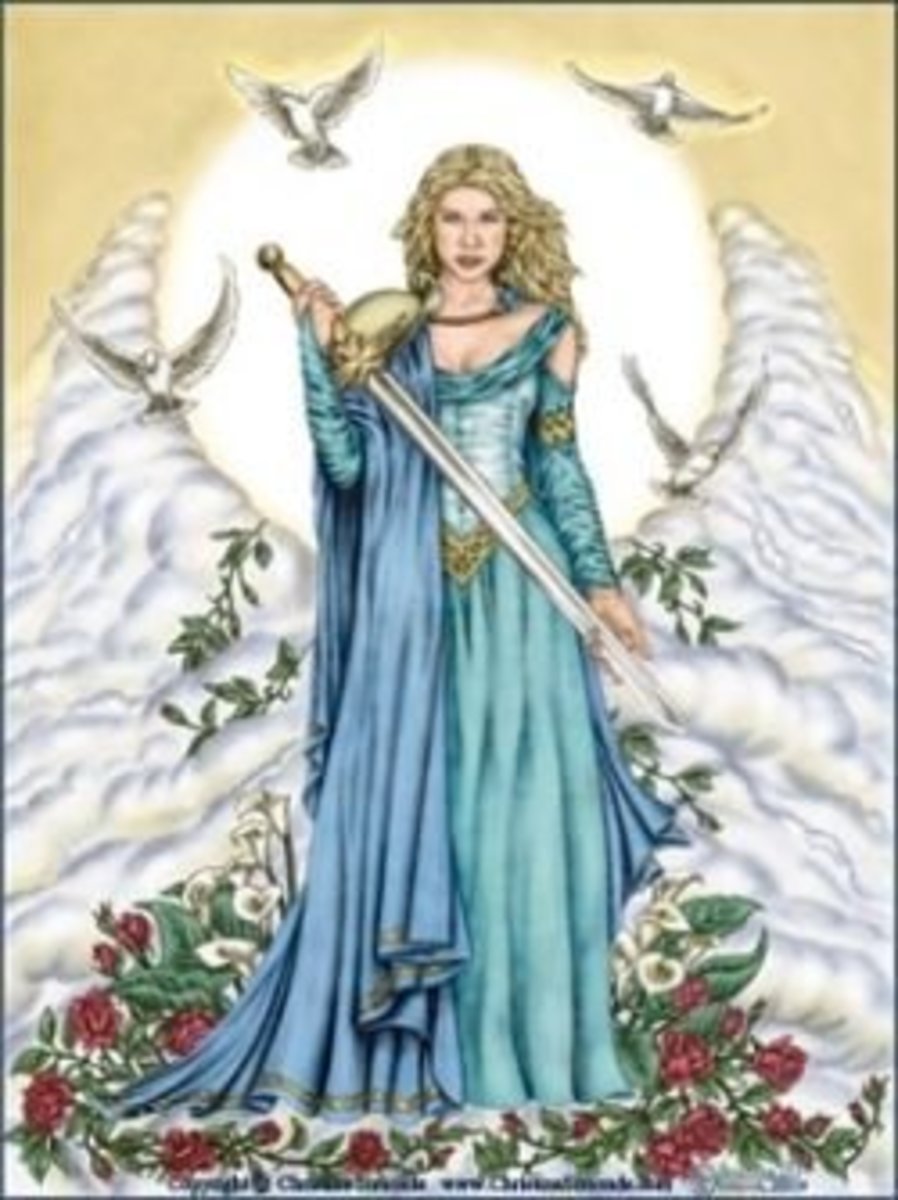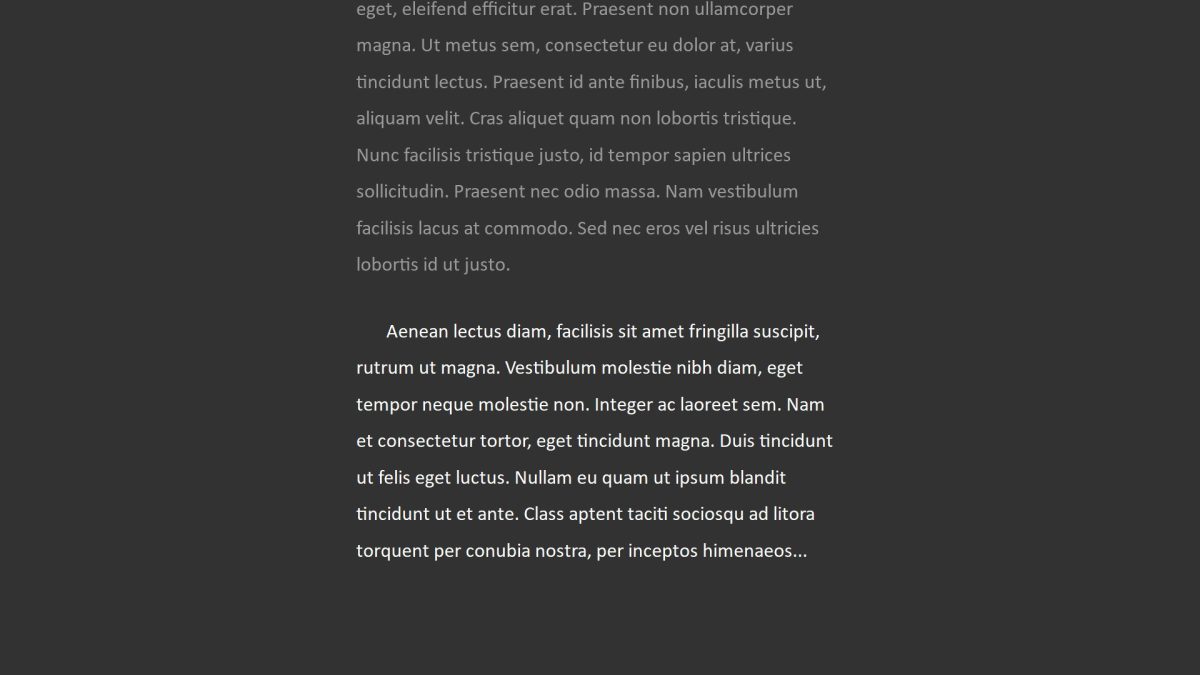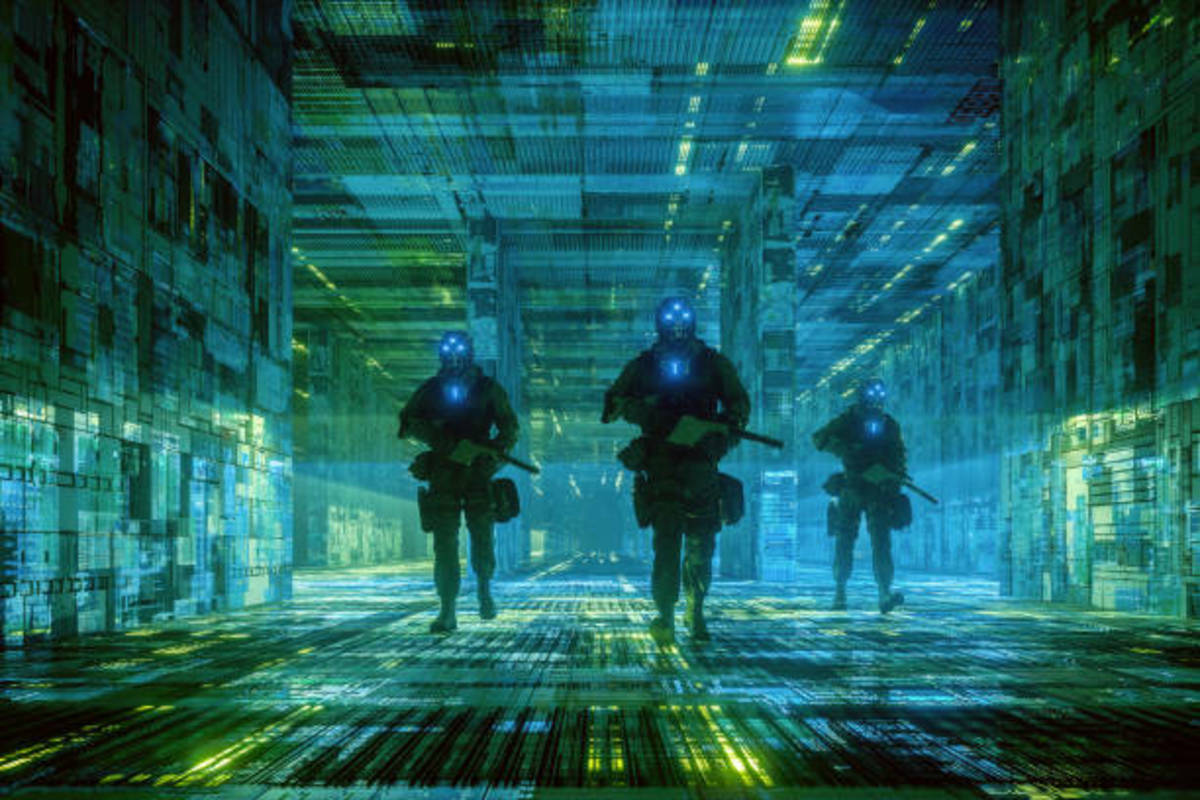Step Three: Story Outline
Victoria Lynn Schmidt's 45 Master Characters
- Amazon.com: 45 Master Characters: Mythic Models for Creating Original Characters, Revised Edition (9
Amazon.com: 45 Master Characters: Mythic Models for Creating Original Characters, Revised Edition (9781599635347): Victoria Lynn Schmidt: Books
Why Outline Your Novel?
To be blunt, outlining doesn’t stifle your creativity. Sit down and actually try out the outline I’m going to share with you, and you will find that you have to be very creative to think of story events that fit into each stage of your book. On top of that, it’s just an outline. The real work (and creativity!) comes from actually writing the darn thing. The outline will serve more as a backbone for your writing so that it can stand up straight instead of crumple under the weight of all those extra unnecessary scenes and plot holes you’ve likely been writing without even realizing it. (Yes, even I am guilty of this. If you don’t believe me, go check out my self-published book on Amazon. Just a few minutes of looking inside and you will see that I didn't outline that thing and it shows.)
I also want to give some kudos to the writing resources that I used to create my story outline process. I already introduced Victoria Lynn Schmidt’s 45 Master Characters in my last post, in which I created a few of the characters for my current project. This book has a section in the back for plotting a novel. I absolutely love how she breaks the three acts of a story into 9 manageable stages. She even has a feminine journey and a masculine journey which gives you two different plot structure choices. In my post, I will use "he" and "hero" for any stages that match the masculine journey and "she" and "heroine" for any stages that match the feminine journey.
I stumbled upon Tara Maya’s video “How to Magically Outline Your Novel … (So It Practically Writes Itself)” and I have to admit that her stages of a story also ring true for me. Her video also does a great job of explaining why writers should use outlines. The video is at the end of this Hub. I decided to try something new, so I went with her general outline for this post, but with a twist.
I decided to try and elaborate on each stage in the journey using the 45 Master Characters journeys. In this post, you will find each of Tara’s stages with a blurb written by me, explaining what I would do with that stage in general. (Specific plot outlines of my current project will not be shared here, but if you really want to see what I came up with, head over to MY BLOG and check it out there!)
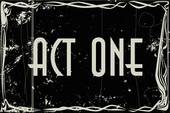
Opening micro-conflict
This stage of a story doesn’t have a counterpart in either the feminine or masculine journey. It’s the only stage that doesn’t seem to cross over in a significant way. In her video Tara explains that her outline is adapted from a screenwriting outline. Now the lack of a cross over makes sense. Movies start with micro-conflicts! Just think of your favorite movie. There is probably a micro-conflict that gets the viewers in on the action immediately (especially if it’s an action flick). My example here is the second Avengers Movie: Age of Ultron. The movie opens with the whole gang in the middle of a mission. And because movies are structured this way (and we are pretty darn used to getting thrown into the action immediately) authors have taken to opening their novels with micro-conflict too. Use this stage to hint at the overall conflict of your book by creating that same conflict on a much smaller scale. This is also a great opportunity to show that your character is proactive, and to build up an expectation of what your main conflict in your book will be.
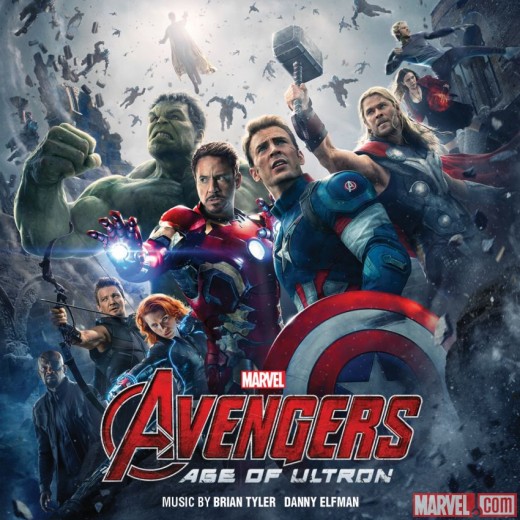
Daily Life Before the Transformation
The masculine journey begins with the Perfect World. We see the hero in his daily life and probably get a good hint about the theme of the story. Your main character (especially if he’s masculine) will likely be facing one of three societal issues in this stage: Performing, Providing, or Protecting. Essentially, the world he lives in will be pushing him to fit into a neat little box. Maybe he already conformed, and he’s not happy about it. This stage can be a chance to show why the character needs to go on his journey in the first place.
Opportunity for Change
I like to think of this stage from both the feminine and the masculine standpoint. The hero might feel called to take action. Maybe a brief run-in with the villain surprises the hero, or maybe the hero realizes what his goal should be, and he sees a chance to change his life. He could receive an order from his boss, or get put on the path through some sort of belief or misstep.
With the feminine journey the opportunity for change is really more of an opportunity rather than a challenge or order. Oftentimes feminine characters have been living a life with some sort of coping strategy. (There are five different ones, and if that is interesting to you, I strongly suggest you get the book!) By now, the coping strategy will prove to be useless. She might realize that she wants something more out of life, or she might feel betrayed by society, by herself, or by the villain. This is called the inciting incident. The character will respond to this stage differently depending on her coping strategy.
Resistance to the Opportunity
In Tara’s plot outline the character resists the change. This is natural, in that most people are slow to change in real life. For this reason, I have related this stage to the Illusion of a Perfect World from the feminine journey. This is where the character’s coping strategy comes in. (In 45 Master Characters, this stage comes before the last stage, but I could easily see how the two could be switched. For one, resisting change is natural. After realizing there is a chance for change, it makes sense to revert that that coping mechanism and say “No thanks, I’ll just keep my simple easy life, thanks.”) I think it’s worth noting that if the heroine’s daily life is perfect, then there’s no reason for her to avoid giving up and returning to the perfect world. That’s why it’s an Illusion of the Perfect World. There must be something about this place that makes it so the heroine can’t quite function – and wouldn’t want to stay once she realizes that her life could take a different route.
Point of No Return
The heroine has come to a harsh realization about her life. She might have been betrayed or challenged to go after what she really wants. She makes the decision to change her life and pushes herself toward a concrete goal. This stage is purely feminine, and in case you were wondering, it is her turning point, which happens at the beginning of the feminine journey. (Don’t worry, this full outline creates a multi-climactic story.) This is a great time for the heroine to gather her weapons or tools and prepare for her journey. The more active you can make your protagonist during this stage, the better, because making that first step toward change is a big deal!
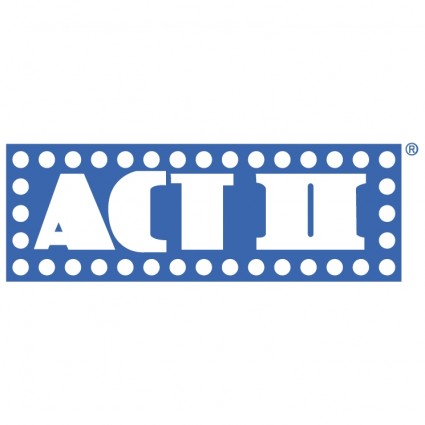
Entering the New Situation
The hero has answered the call and started out on his journey. As your hero enters into his new situation, this is a great time to show him having a small success. He may have received warnings before he set out on his journey, but he ignored them and has already had some small measure of success in spite of them. He knows he can succeed where others have failed. He doesn’t want to sit back and examine things. He wants to take action.
Friends, Enemies, Romance, and Transformative Experiences
This stage combines two from the 45 Master characters, so it’s rather beefy. Your hero will meet new friends and enemies, or if he already knows them, they will fully enter the story here. This is a chance to introduce some side characters and possibly start a subplot for your book. You should really show the hero shine when he interacts with these new characters. Show his character traits – both good and bad.
The idea of Transformative Experiences made me think of Invitations, the fifth stage of the masculine journey from 45 Master Characters. This stage is masculine, but it involves inviting the hero to go down the feminine journey. He is essentially given a chance to give up on his outward goal and go through an inner transformation. Even though the invitation is extended, the hero will likely ignore it, walk away, and continue on his path. But the fact that the invitation is given will remind readers of that theme you set up all the way back in Act One.
Problem Brings Them Together
In this stage (also called the Eye of the Storm), the heroine feels a false sense of security. She is surrounded by her allies and probably getting ready to go after her goal. Or maybe she has faced her fears and changed her life by entering the new situation, and she feels like the journey is over. This stage brings to mind a movie montage of happiness and hope. Maybe the characters are training together in preparation for defeating the villain. This stage can end with the heroine taking a risk she shouldn’t take, while the villain watches and schemes away.
Problem Drives Them Apart
In this stage a small problem drives the heroine’s allies to abandon her as she nears the point of descent into the main conflict of the story. Now that the heroine has made a life-changing decision, she has to face the changes this decision brings. With the Descent, the heroine will face her fears alone. She can face seven different issues during this stage, each one corresponding to the seven Chakras. (These issues are summarized briefly as survival, sexuality, willpower, love, self-expression, intuition, and self-awareness. If you want to know more, again, buy the book!) Ultimately, the hero must give up all control during this stage and surrender herself or her weapons. She must confront her issues without putting up a brave face.
Crisis Hits
This stage doesn’t quite have a nice tie in to the journeys in 45 Master Characters. I imagine that if the villain is initiating the final conflict of the novel here, then the heroine would gather her weapons and her allies together to offer her support. As the crisis hits, she would willingly accept help from others. This can be the event that brings everyone back together after the small problem that drove them apart. Very often, these supporting characters have problems of their own, and she can let them make amends for leaving her by helping her now and accepting her help in return.

Terrible Secret Revealed / Attack Starts
Stage 6 of the masculine journey is called Trials. The hero faces more obstacles that must be overcome if he is to reach his goal.
The terrible secret that is revealed could help hint that the hero is going to change when he reaches his turning point. This is a great time to push your hero into that change.
All Seems Lost
The villain is back with a vengeance. This stage is like a reversal that ends with a dark moment where all seems lost. During the crisis, we saw the heroine’s inner conflict. Now it’s time to show her outer, plot-driven conflict.
Self-Sacrifice or Symbolic Death
Here, the hero reaches the fork in the road where he must debate his options: change and find success or face death and failure. He can face his real or symbolic death and continue down the path of awakening, or he can rage against death and take the path of rebellion, and fail to reach his goal. If he takes the feminine descent, he may lose sight of his goal for a moment, but he will be changed by the experience. His tools are failing him, and his plan is falling apart. He’s shown courage up to this point, and now he may have to use his brain or follow his heart.
Final Showdown
Here is that classic turning point, when the hero faces off against the villain and realizes his true purpose in life. He becomes the active creator of what he truly wants for himself in this stage. It is the moment of truth, when the heroine has found her strength and resolve and goes after her goal with a passion. She has reclaimed her weapons and her identity and realizes that she was the creator of her own fear. She acts out of power and truth and takes the final steps to show her transformation. She now embodies the opposite of her former coping strategy.
Conclusion: Wed or Dead
If the hero chose to awaken, he now finds victory and rewards. If the hero chose to rebel and rage against death, he now finds failure and death (literal or symbolic). He has the courage and knowledge to face any challenge the villain may throw at him, and he triumphs! Then she returns home to see just how far she’s come. She sees her old life for what it is. Thanks to her journey, this world is changed somehow, which might bring her to choose someone else to go on the journey next. Most often, the person she was closest to before she awakened on her journey will be the one who is influenced by her transformation and will hear the call to change as well. Give your reader a sense of satisfaction that the heroine was successful and accomplished her goal.

